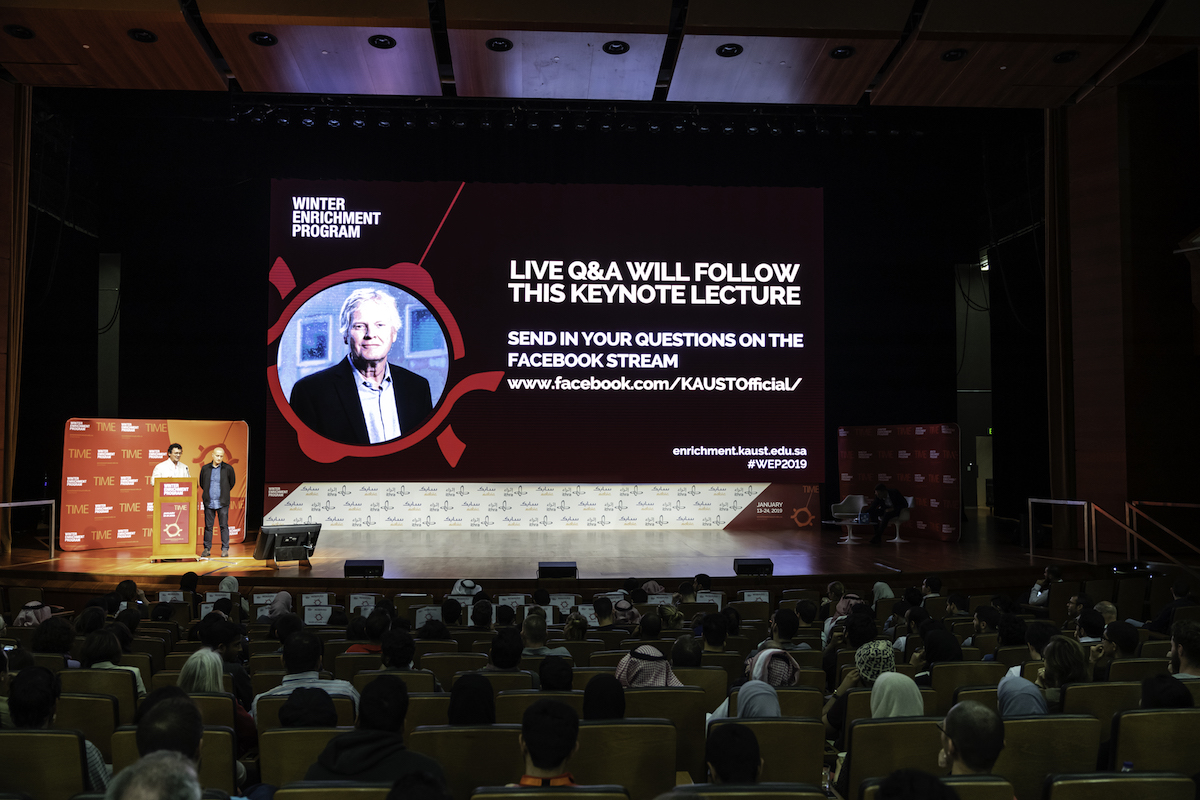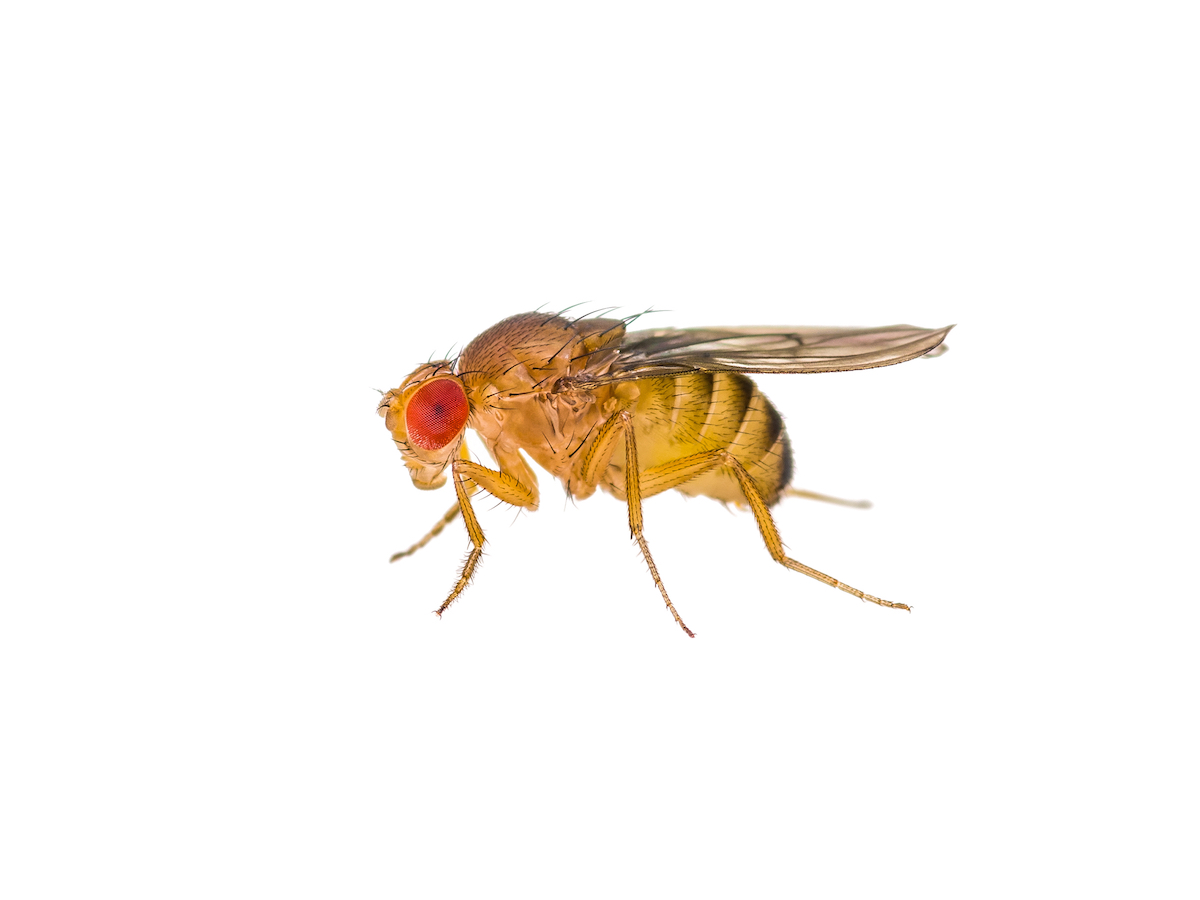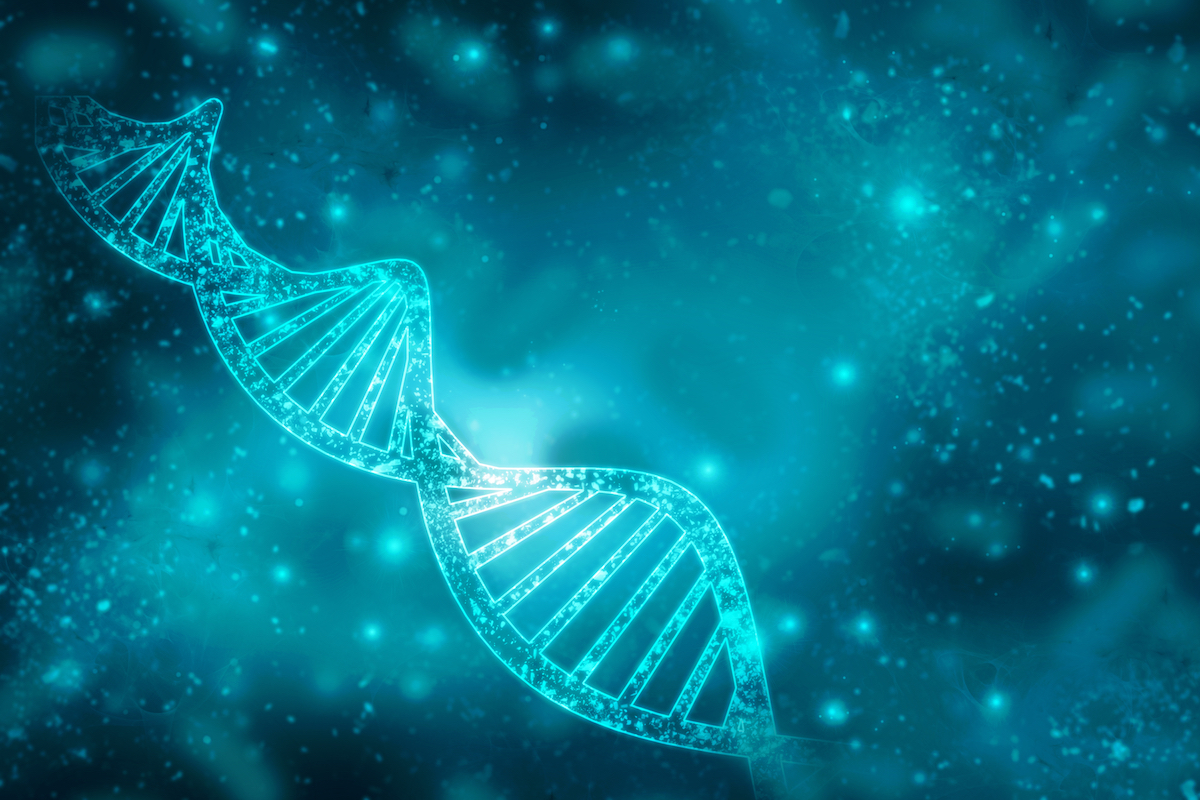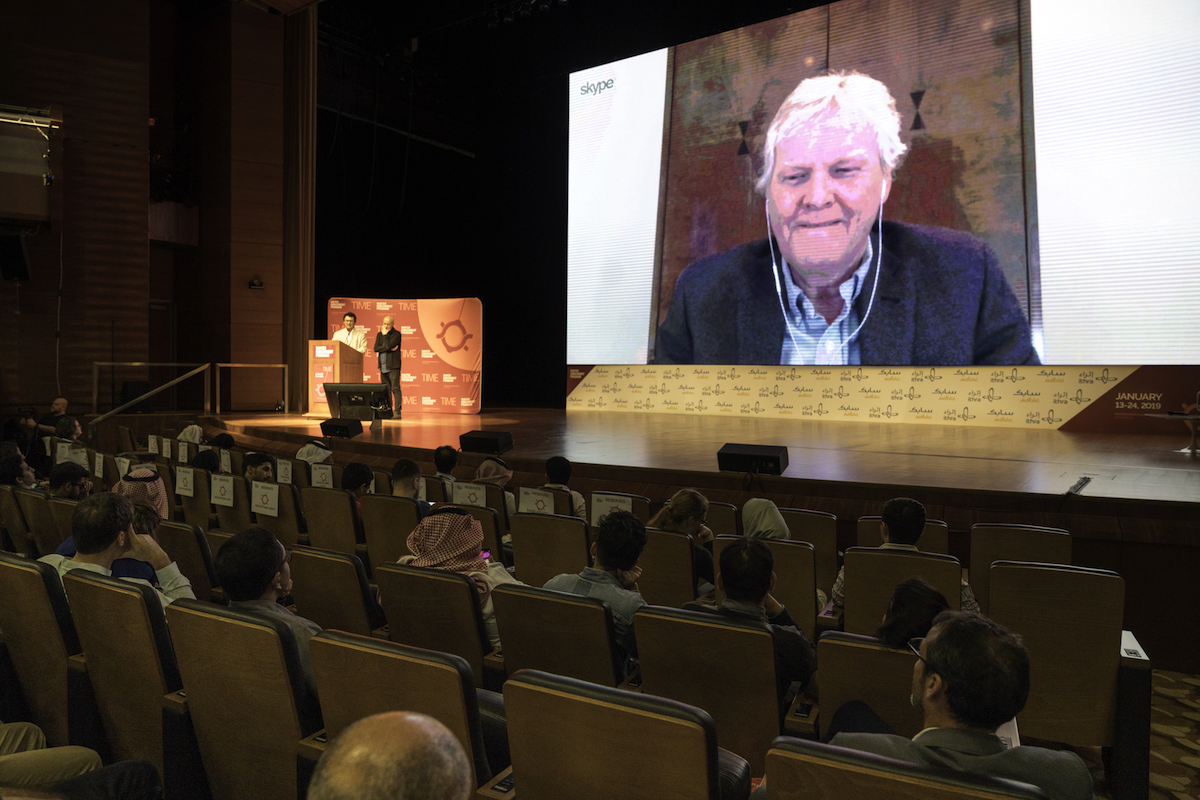Our biological clocks

Dr. Michael Young, a Nobel laureate and a professor at Rockefeller University, outlined his research on circadian rhythms to the KAUST audience on January 14 as part of the University's Winter Enrichment Program. Photo by Andrea Bachofen-Echt.
-By Tanya Petersen, KAUST News
Our lives are controlled by our biological clocks as we attempt to deal with the daily cycle of light and darkness that dominates life on Earth. Biological clocks control our circadian rhythms, which are used by multitudes of organisms.
As part of the KAUST 2019 Winter Enrichment Program (WEP), on January 14, Dr. Michael Young, Nobel laureate and a professor at New York's Rockefeller University, shared in his WEP keynote address more than 40 years of experience studying circadian rhythms.
His groundbreaking work into the genes of Drosophila, the common fruit fly, has transformed our understanding of the mechanisms controlling circadian rhythms and how they are regulated. For his work, he received the Nobel Prize in Physiology or Medicine with Michael Rosbash and Jeffrey C. Hall in 2017.

Much of Dr. Michael Young's work on understanding circadian rhythms has utilized scientific workhorse Drosophila, or the fruit fly (pictured), as a model organism. Image courtesy of Shutterstock.
For most of us, our biological clocks are very good at keeping us in our daily cycle of sleep and waking, but they aren't perfect. It takes time for our clocks to reset to new time zones when we take longhaul flights, and some of us struggle to switch our biological clocks over to "night mode" at the right times, while others battle to stay awake after evening meals.
"We found nine genes that together explain how circadian rhythmicity can be generated at the molecular level in an intracellular fashion," explained Young.

Dr. Michael Young and fellow researchers discovered 'nine genes that together explain how circadian rhythmicity can be generated at the molecular level in an intracellular fashion,' Young noted during his 2019 Winter Enrichment Program lecture. Image courtesy of Shutterstock.
Perhaps more incredible is that the clock genes influence hundreds or even thousands of gene expression patterns across the genome. That is, they control when gene expression is turned on or off throughout the night and day in the body.
"In the absence of this set of clock genes, none of that environmental signaling [day/night] can produce this cycling gene activity. It's essential to have the clocks in order to translate the environmental signals into biological activity and in the same way we no longer need the environmental cycles in order for the clock to operate," Young said. "The clock will operate in constant darkness and will produce these waves of gene expression even in the absence of environmental signals."

Nobel laureate Dr. Michael Young speaks to the KAUST audience during his January 14 lecture as part of the University's 2019 Winter Enrichment Program. Photo by Andrea Bachofen-Echt.
"When we cross to a new time zone, it takes about seven days for all of our clocks to come to agreement once again," Young explained. "The first to adapt would be the brain within a couple of days, but the peripheral clocks in the other organs would be suspicious of this change in time and would take up to seven days to change to the new location, with the liver being among the slowest to do so."

Dr. Michael Young and fellow researchers discovered that each organ has its own biological clock that responds and adapts at different rates, explaining how jet lag works. Image courtesy of Shutterstock.
Young sees his work as only the beginning of understanding the important role biological clocks play in the regulation of our bodies. Research is already underway into cancer treatment and psychiatric disorders.
"I began this work 40 years ago, and we've seen a real explosion in the number of directions the research has taken. It's tapping into areas of behaviors and physiology that we would never imagine would be implicated 40 years ago, and I see no evidence that the flow of [research] coming into this area is subsiding," he said.
Related stories:
- Documenting the 'dodos' of tomorrow
- Getting to know 'Jaws'
- Pillars of the future
-
The forgotten half of the brain

